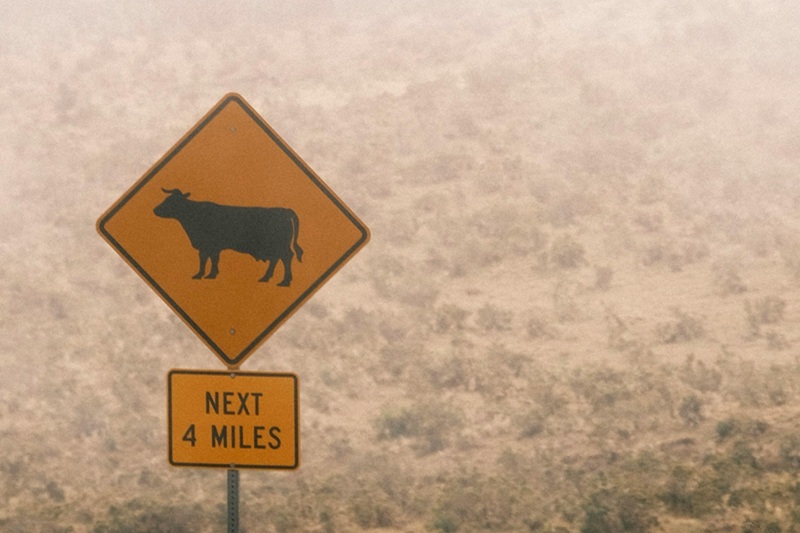Teen Drivers and Road Hazards | How to Help Teens Be Safe Drivers
Driving is not only dangerous because of other drivers on the road. Road hazards also add a level of uncertainty. Varsity Driving Academy covers defensive driving so students are prepared. Teen drivers and road hazards should not cause a problem for defensive drivers.
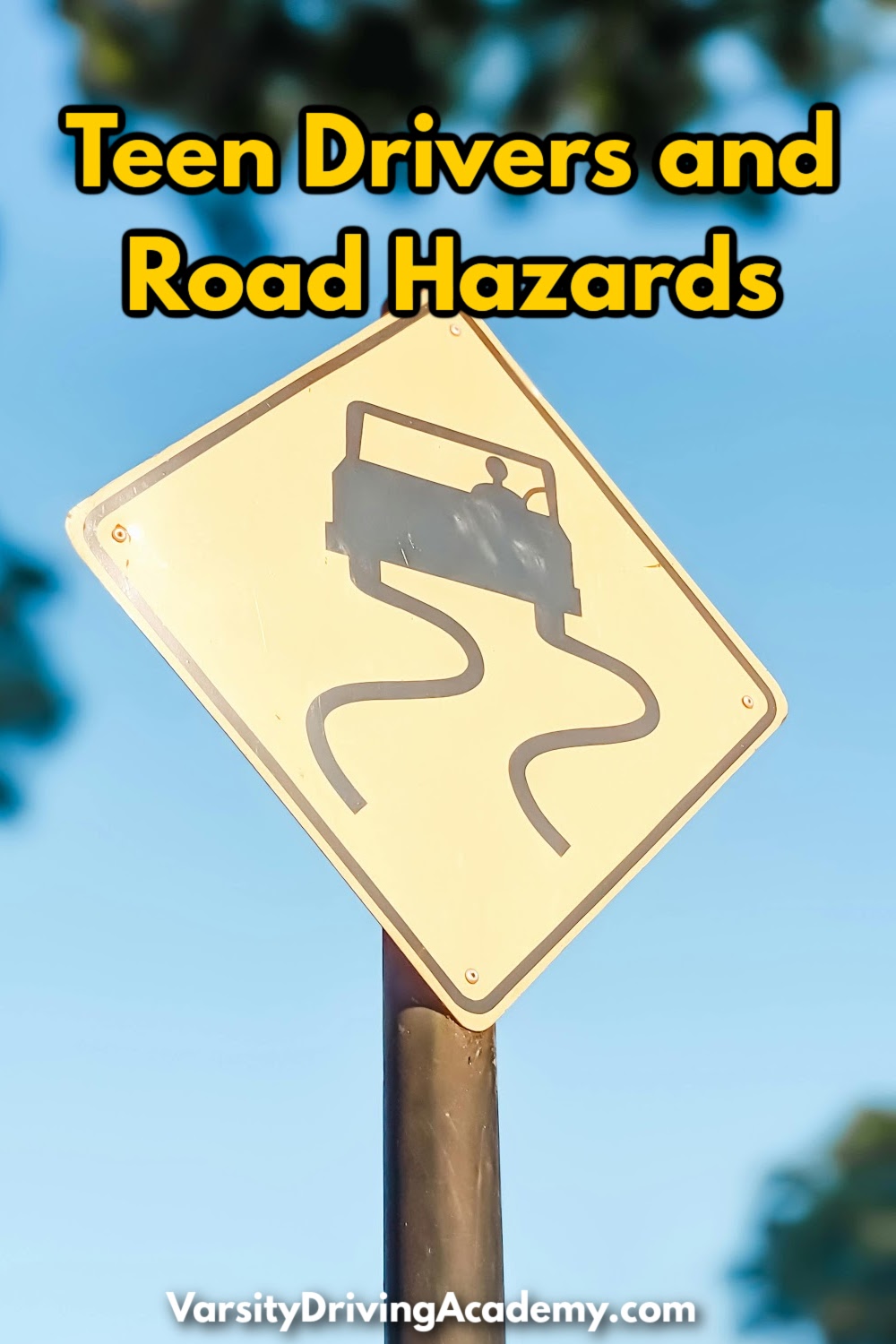
Risk Factors for Teen Drivers
Varsity Driving Academy utilizes defensive driving for teen drivers and road hazards become easier for them to handle. Teen drivers are often getting behind the wheel for the first time. This means they are beginners, and there is nothing wrong with that.
However, it also means teen drivers have more risks driving simply because they haven’t encountered those situations. This is part of what makes driving dangerous, especially for new drivers. One way to help increase driving safety for teens is to know at least a few things they may encounter.
These things are known as risk factors. Risk factors could be different depending on location. Risk factors include other drivers. However, sometimes, a risk factor is a road hazard.
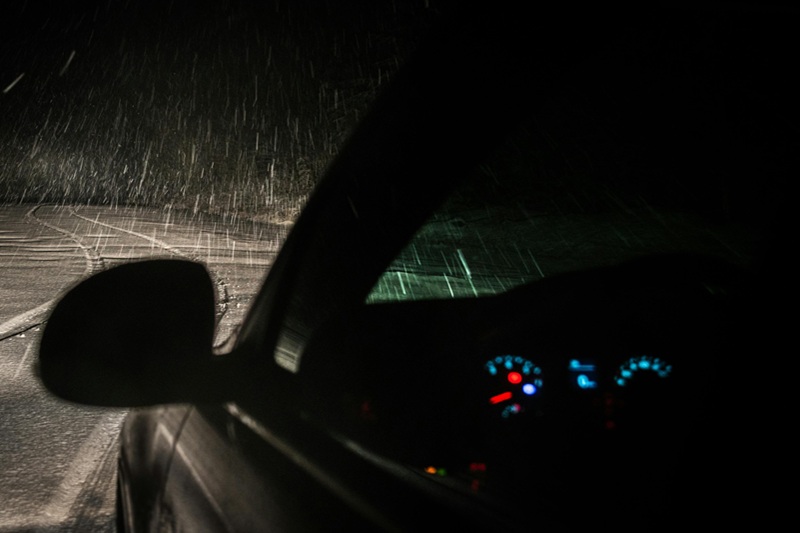
What Are Road Hazards?
Teen drivers and road hazards don’t mix very well. One way they can prepare for those dangers is by knowing what they are. Road hazards are anything in the way of a moving vehicle that makes driving more difficult. There could be hundreds of road hazards, and they vary depending on where teens are driving.
However, there are some common road hazards that teens may come across anywhere.
- Debris
- Pedestrians
- Animals/Roadkill
- Hairpin Turns/Winding Roads
- Weather (i.e., fog, ice, snow, rain, dust, wind)
- Potholes
- Speed Bumps
- Manhole Covers
- Oil Spills
- Collisions
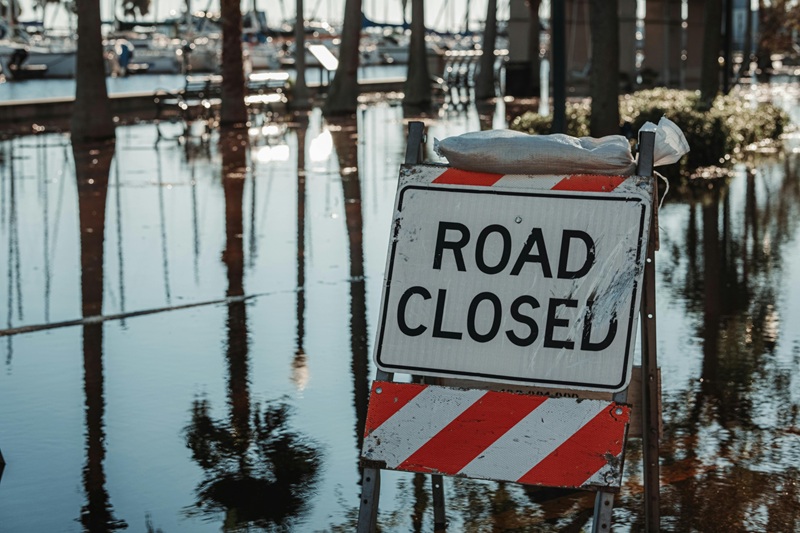
Teen Drivers and Road Hazards by the Number
This study compared novice drivers (teenagers within 2 weeks of getting their license) with more experienced adult drivers with three road hazards: 1) hidden stop signs, 2) hidden pedestrians, and 3) hidden pedestrians with lane closure (while texting).
The article hypothesized that “One potential reason teen drivers crash at a higher rate than other age groups may be due to perception of fewer hazards. Teen drivers may still be learning how to assess the driving environment efficiently and safely and, thus may be less likely than experienced drivers to react appropriately to road hazards.” The question is, what can teens do to be better prepared for road hazards?
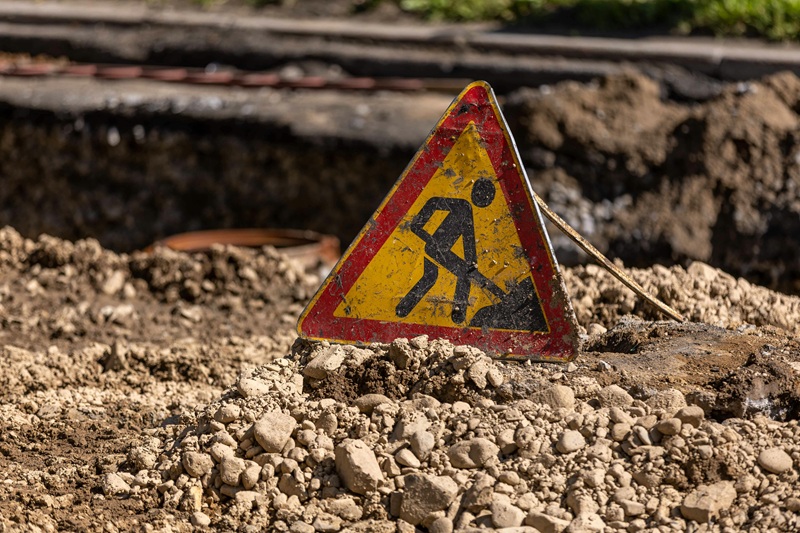
Teen Safe Driving
Varsity Driving Academy is the best driving school in Orange County, thanks to many things, defensive driving included. Defensive driving is one of the ways teen drivers and road hazards don’t need to be a problem. Defensive driving is considered to be the safest driving technique around.
Some of the defensive driving tactics are easy for everyone to understand, like no texting and driving or driving at a safe speed. The idea is simple: focus on driving, increase skills, and gain confidence behind the wheel.
We can’t avoid running into issues completely, but we can be prepared for them when we come across them. Teens should ask about anything they may be concerned most about while in the car with a driving instructor.

